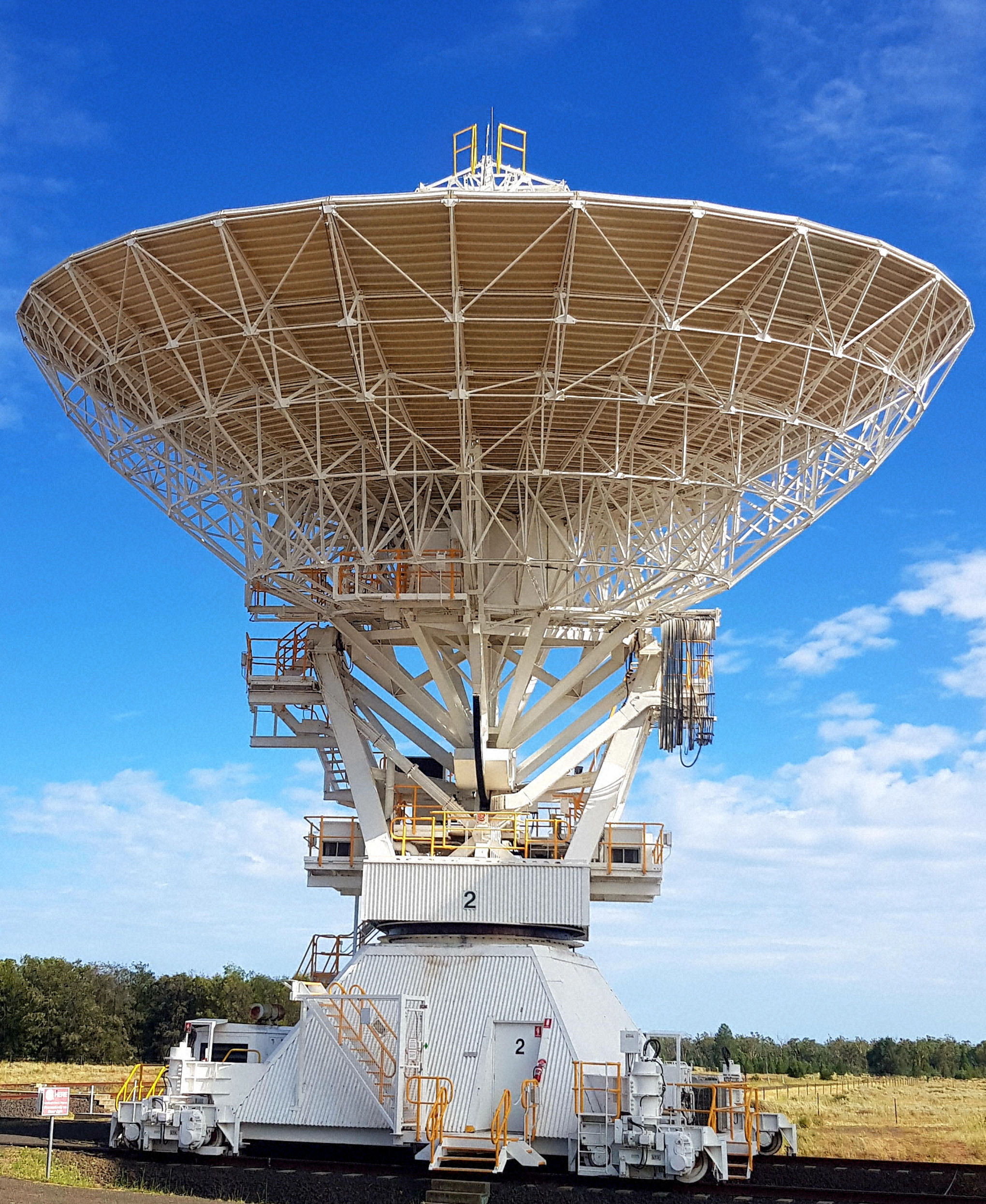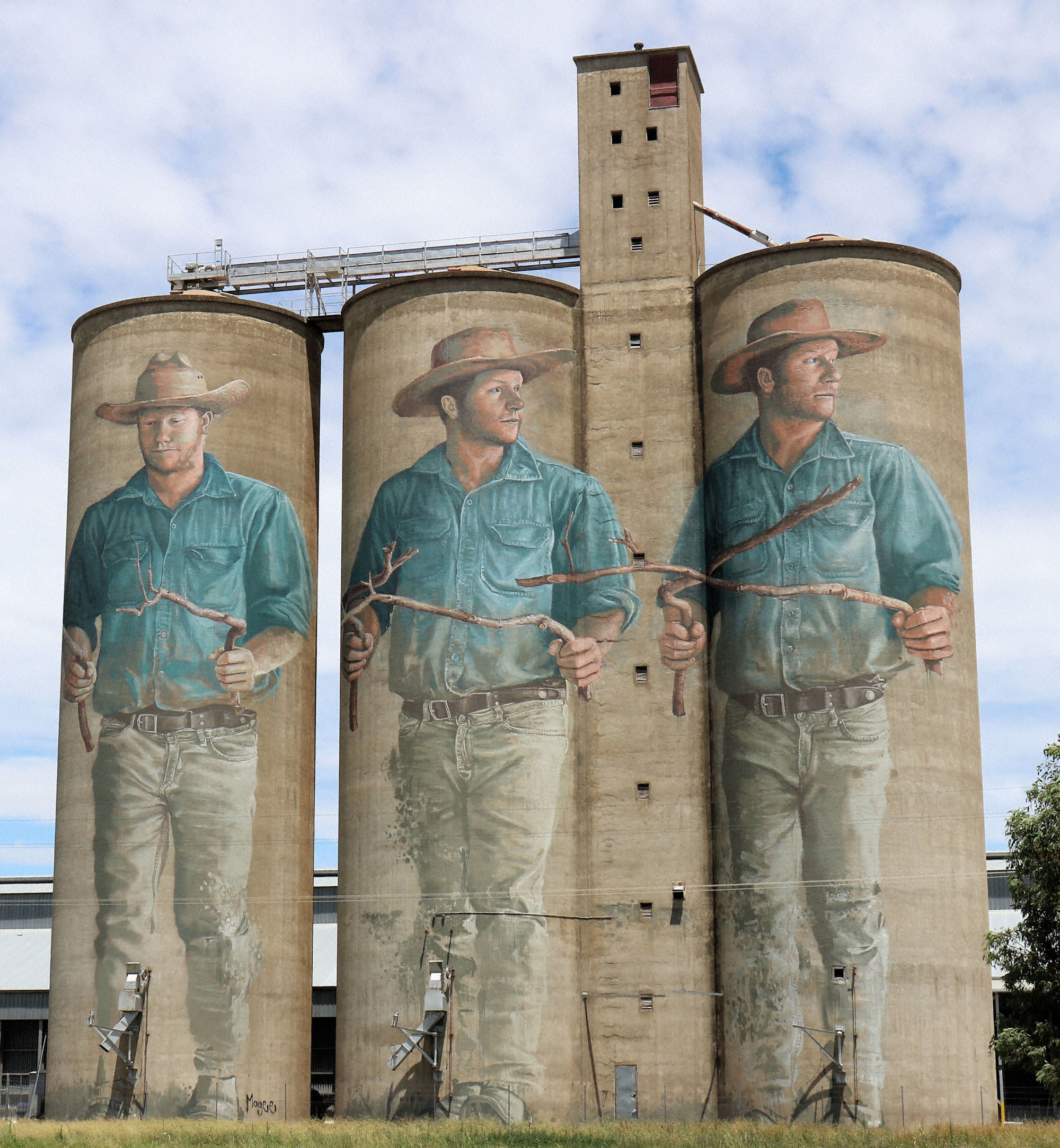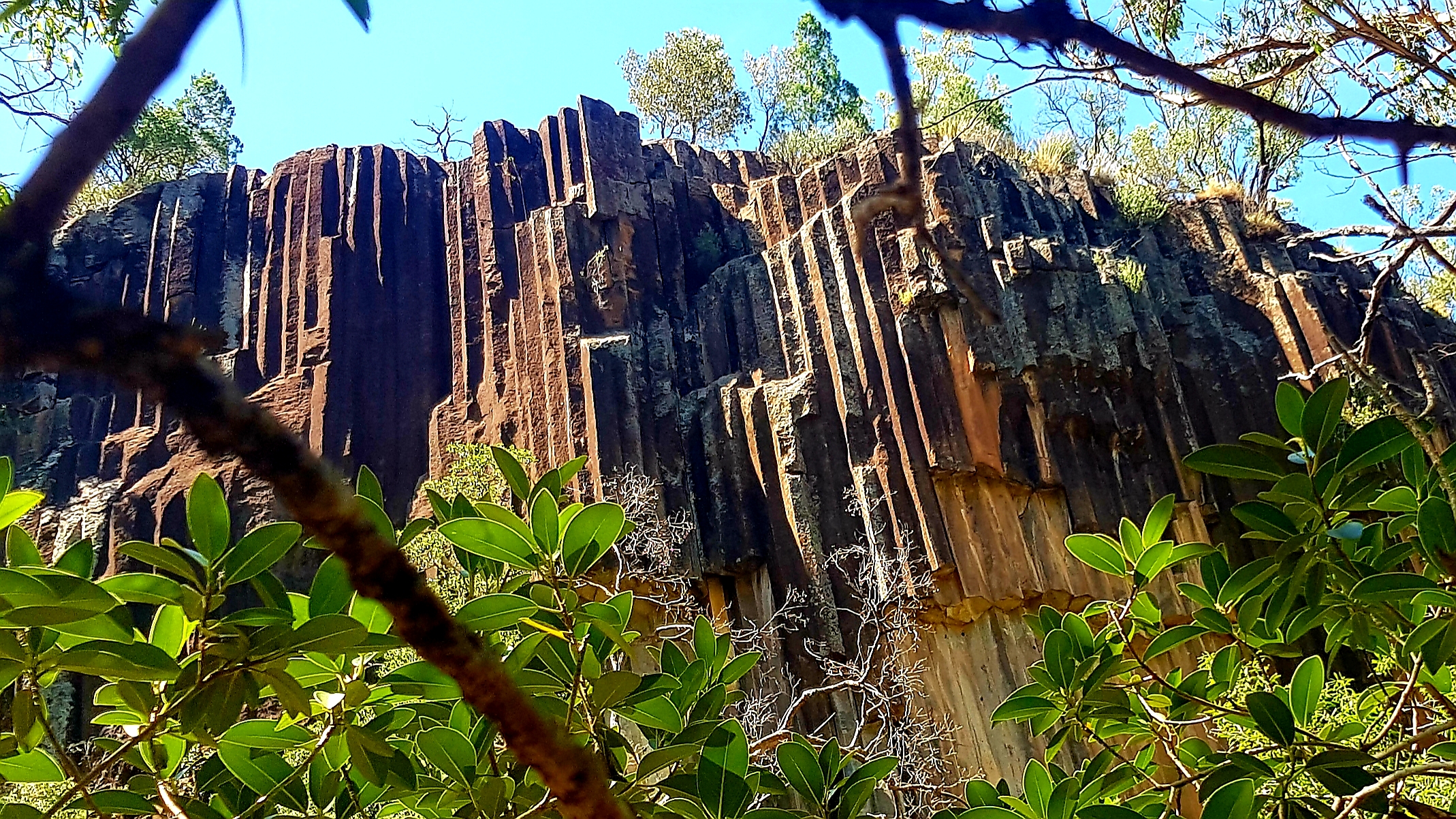Category: North West Slopes
-
Narrabri Paul Wild Observatory

Narrabri Paul Wild Observatory Operated by the CSIRO and located 25 km west of Narrabri in north-west New South Wales, the Paul Wild Observatory is an array of six 22 metre antennas used for radio astronomy. This was an unexpected highlight of our trip to the north-west, because we were not aware it existed until… Read more
-
Barraba Silo Art Water Diviner

Barraba Silo Art – The Water Diviner Painted by Fintan Magee, the Barraba silo art depicts a water diviner, representing the constant search for water in the Australian bush. A water diviner is someone who searches for water using either two metal rods, or as depicted here, two sticks. Barraba is a small town 99… Read more
-
Sawn Rocks Mount Kaputar National Park

Sawn Rocks Mount Kaputar National Park Getting There Located around 40 km north east of Narrabri, Sawn Rocks is a geological formation of columnar basalt which resembles organ pipes. As part of the Mount Kaputar National Park, the area is managed by NSW National Parks and Wildlife Service, which ensures it is managed correctly. The… Read more